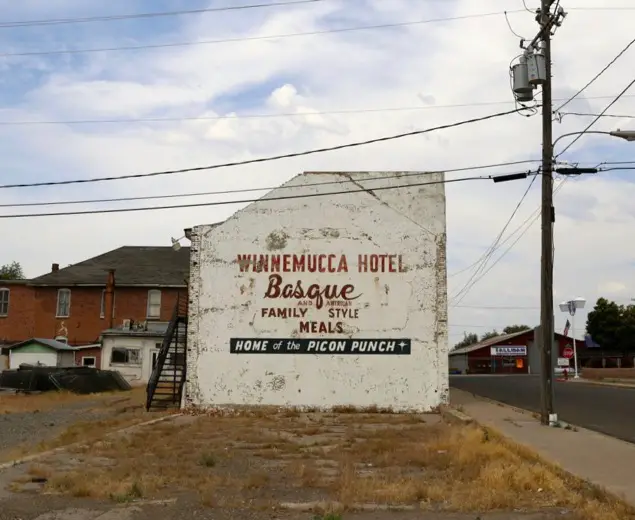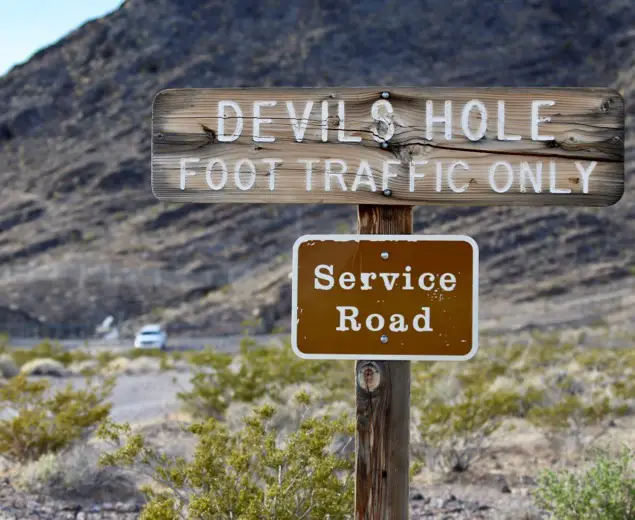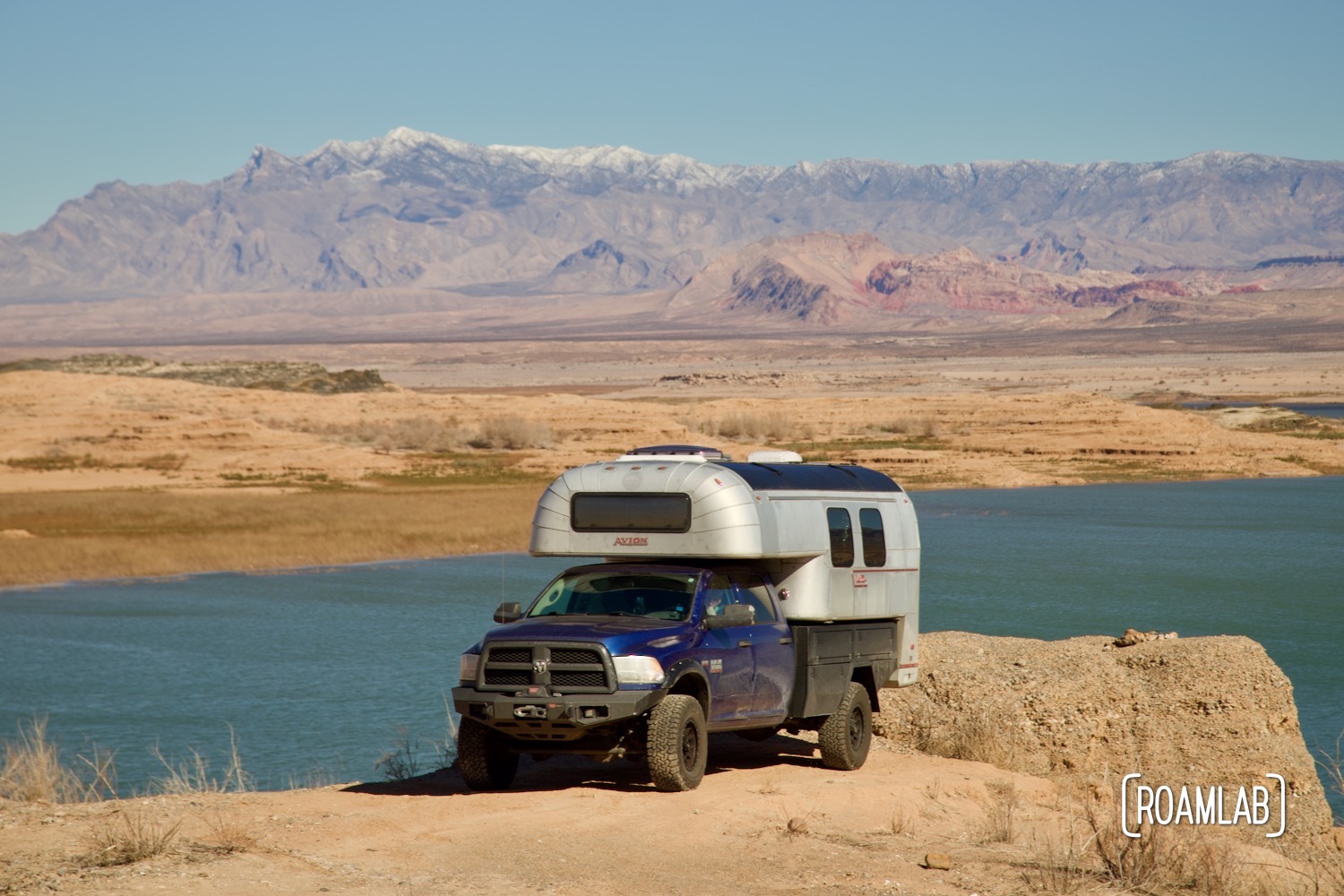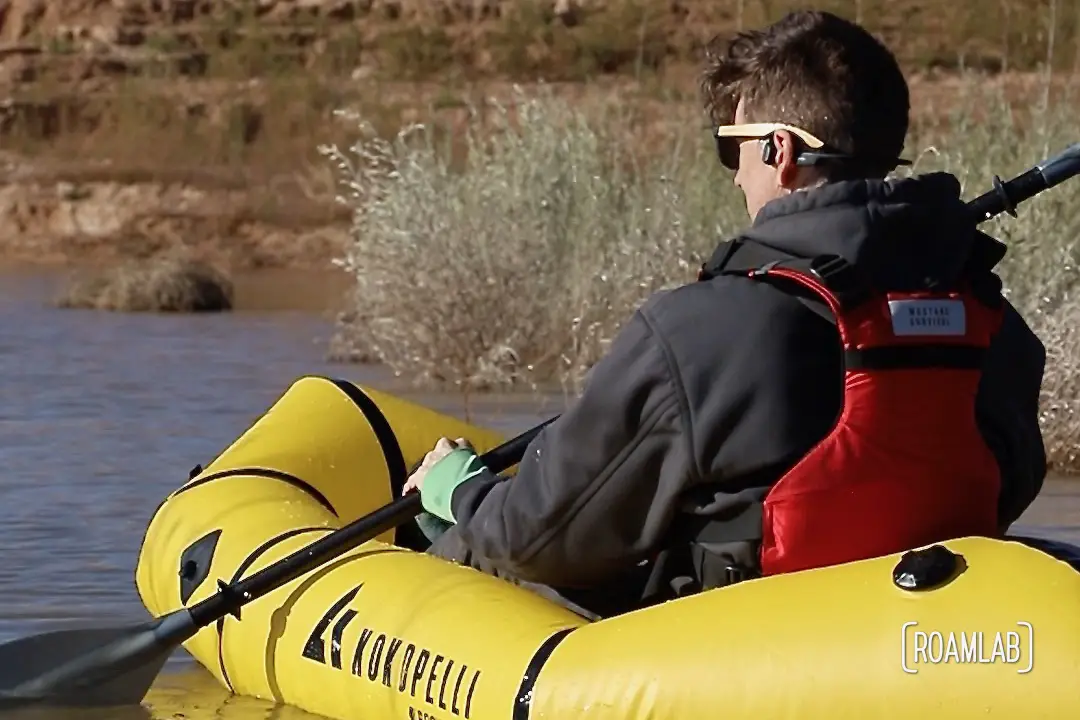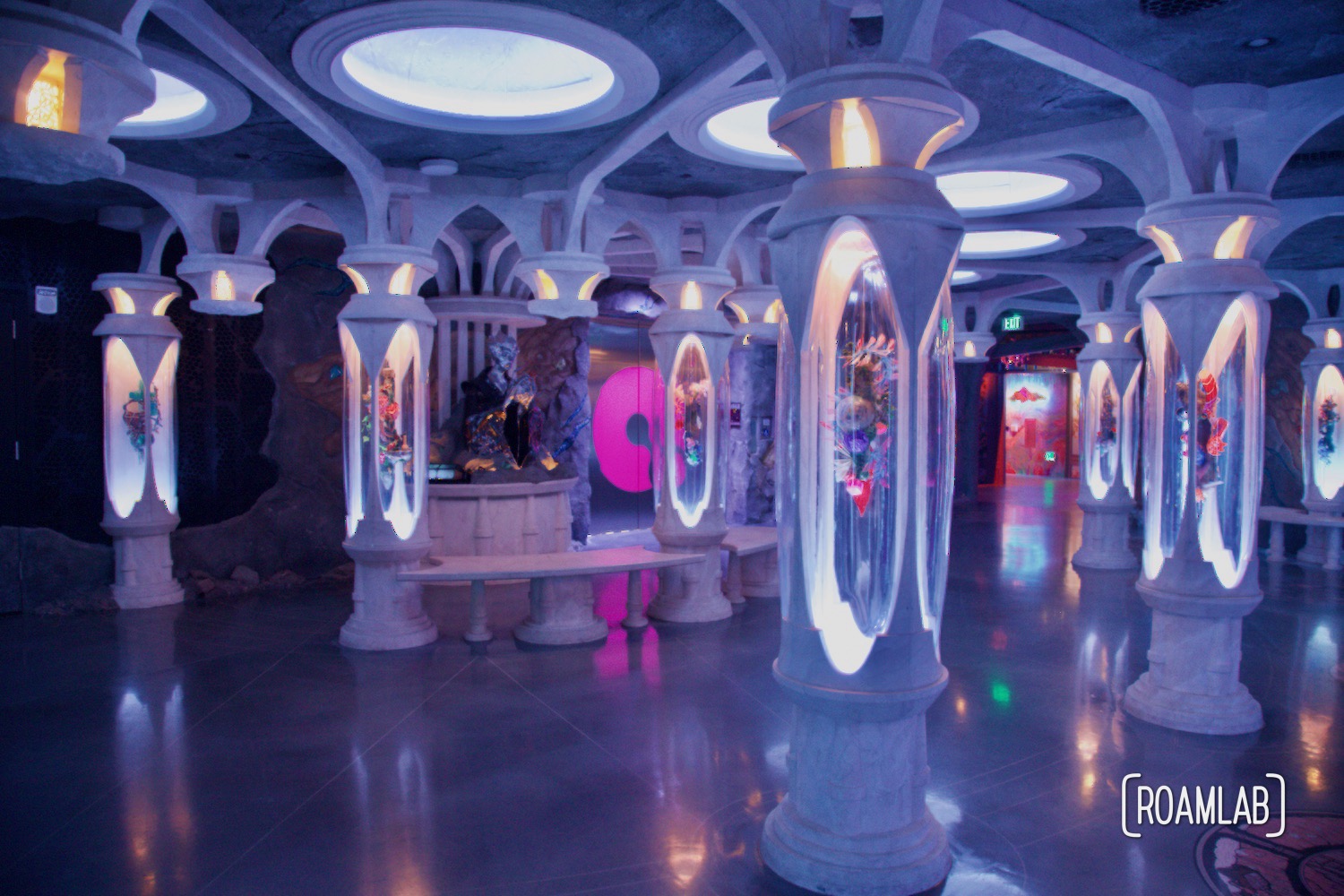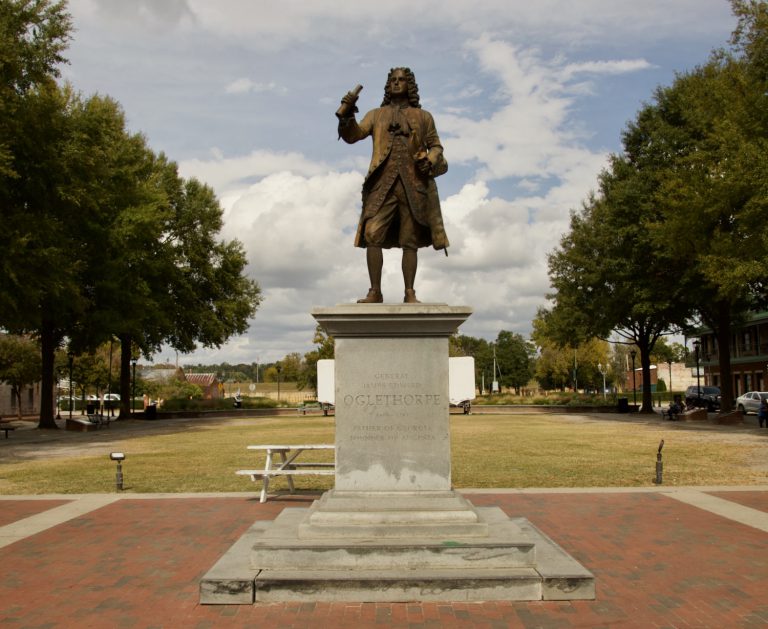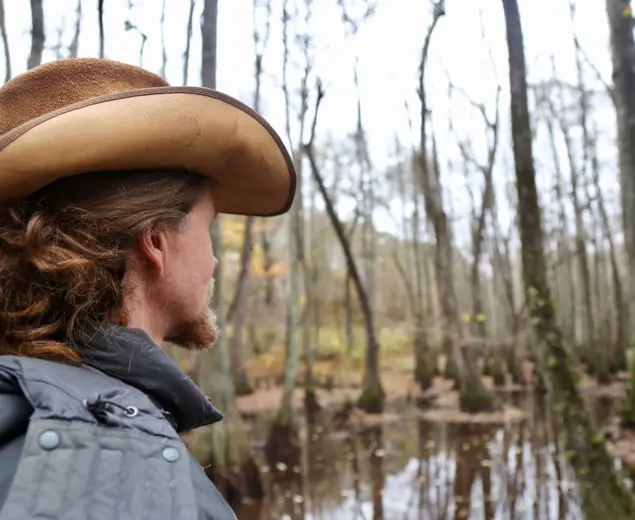Nevada
Despite its infamous metropolitan destination of Las Vegas, most of Nevada is wilderness. Nevada has the most Federal land of any state in the lower 48 of the United States. The result is wide expanses of public land to explore. It is a state of in-betweens: connecting the lush mountainous Lake Tahoe to the bleakly beautiful expanse of the Bonneville Salt Flats and fantastical red sandstone formations of Valley of Fire.
Things To See In Nevada
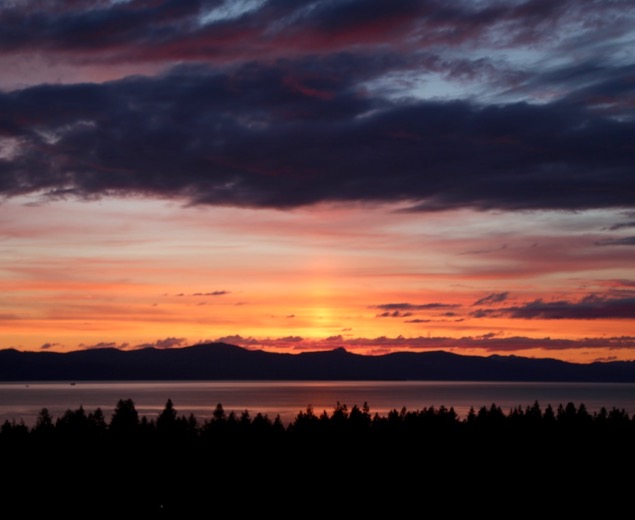
A Relaxing Break

What Happened In Vegas
Visiting Parks In Nevada
If you always stick to the bland desert terrain of many major interstates that segment the state, you may be surprised to learn that Nevada has diverse geography making for some remarkable parks to explore. Some of the most popular are within easy day-trip distance from Las Vegas, such as Lake Mead, Red Rock Canyon State Park, and Valley of Fire. Other chart-toppers actually share access with other states such as Lake Tahoe (California), Hoover Dam (Arizona), and the Great Salt Lake Desert (Utah).
But the further one travels from metropolitan centers, the more remote gems there are to find. Great Basin National Park ranks among those select members of the federal park system but sits in the lonely center of eastern Nevada. Don’t be afraid to wander from Nevada’s major hubs to find your own special park.
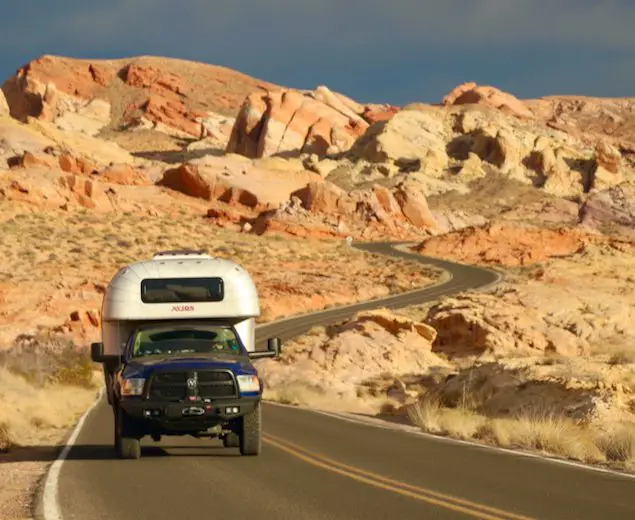
Red sandstone formations
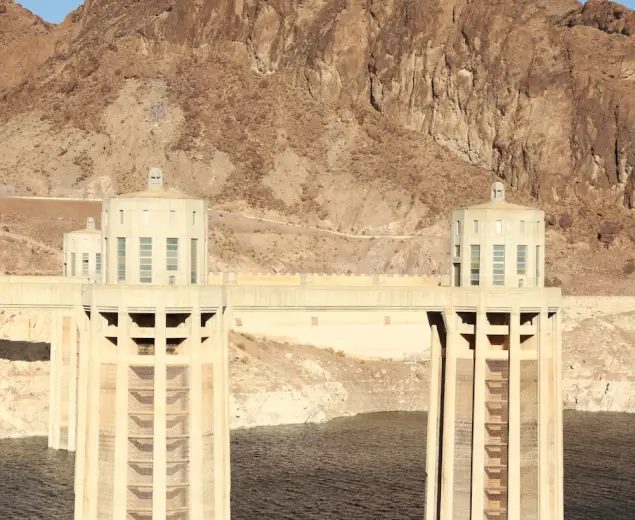
& Lake Mead
Hiking In Nevada
It’s worth remembering that much of Nevada is desert. The air is dry and temperature shifts between day and night are dramatic. Whatever time of the year, it is important to pack water and snacks, dress for shifting environmental conditions, and wear appropriate shoes and sun protection.
While there are some mountains in western Nevada, much of the state is low elevation and can become dangerously hot in the summer. Know your limits before embarking on long, exposed trails.
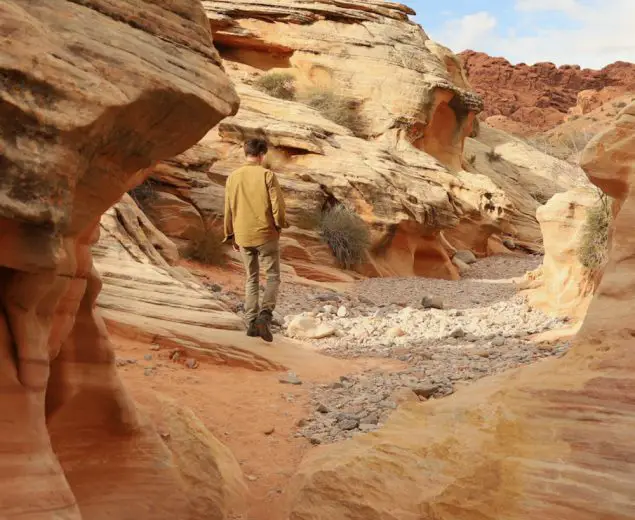
Valley of Fire
Camping In Nevada
With so much of Nevada being public land, camping opportunities are nearly boundless. Even with popular draws such as Las Vegas, there are camping opportunities on the outskirts of the city’s sprawling suburbs, particularly around Lake Mead.
Of course, like hiking in Nevada, campers need to be aware of the desert conditions. Scorching days can give way to freezing nights. Prickly plants, venomous crawlies, and the scorching sun make it critical to pack proper shoes, clothes, and refreshments. Be sure to camp on high ground and be aware of potential rainstorms which can transform clear flat thoroughfares into river beds.
While much of the state is public land, that doesn’t mean it’s always open to camping. Keep an eye out for signs marking out limited use areas. You don’t want to accidentally wander into a protected sanctuary, military base, or mine. Nevada has a long history of mining, and the more remote of an area you explore, the greater possibility you may stumble on an open (and very dangerous) mine shaft.
So research ahead of time. Once you can recognize the risks, the rewards are easy to reap. Find your own slice of wilderness in a state where there is plenty to be found.

Nevada
3 related articles



